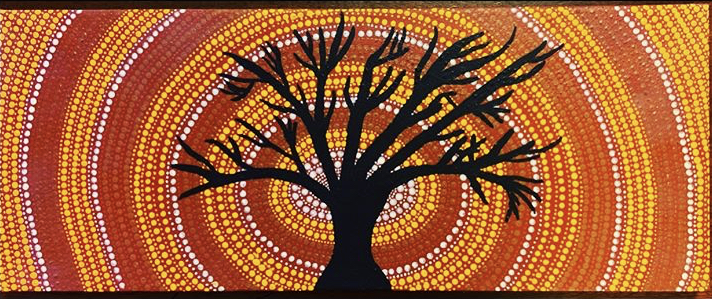
Connecting to Aboriginal culture through art
Connecting to Aboriginal culture through art
Deeann Natividad’s family ancestry lies with the Waka Waka peoples, whose traditional lands are in Queensland. She’s a Regional Strategy Specialist for jobactive and talented artist. In this post she shares some insights into Aboriginal storytelling.
Tell me about why you make art?
I’ve always loved art and how it allows the creator to tell a story. It’s a relaxing process to create a story on canvas and express how you’re feeling or celebrate Aboriginal culture. I’m not a great artist but I love the pieces that my daughters and I have created because they’re the expression of our stories, our family and our interpretation of our culture. We not only paint on canvas but have made other pieces, like vases, and used objects like emu eggs or bones as our canvas. My eldest daughter Brooke has made it a big part of her life. She paints under her own brand – b.collections – and loves it.
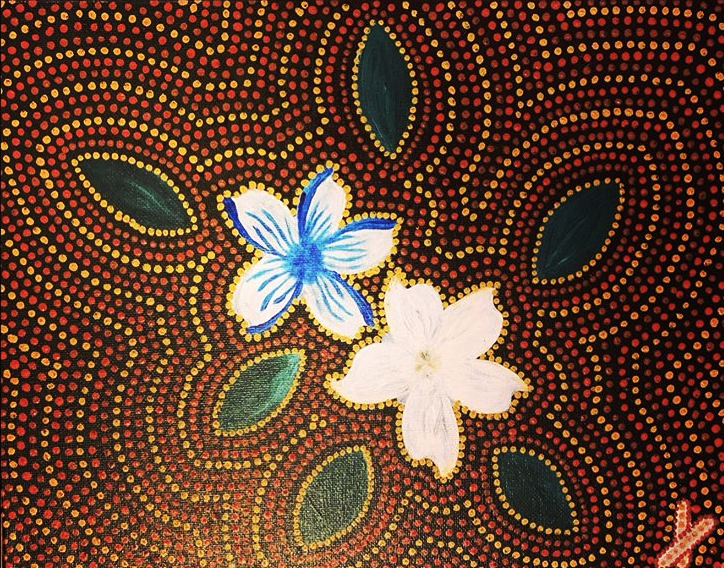 Artist B Natividad @b.collections
Artist B Natividad @b.collections
Does it help connect you to your culture, community and family?
Yes it does. I started doing artwork with my daughters when they were little. It was a way of spending time together and being able to learn about and express stories from our family, our community and our culture. It was a great way to share our Aboriginal culture with each other, learn new things and talk about how we would share those thoughts or feelings through art. It was a special time to think about our family history and culture while we were painting, It’s also been a fun way to learn about the symbols that were used in traditional Aboriginal art and their meanings. It’s helped us expand our knowledge.
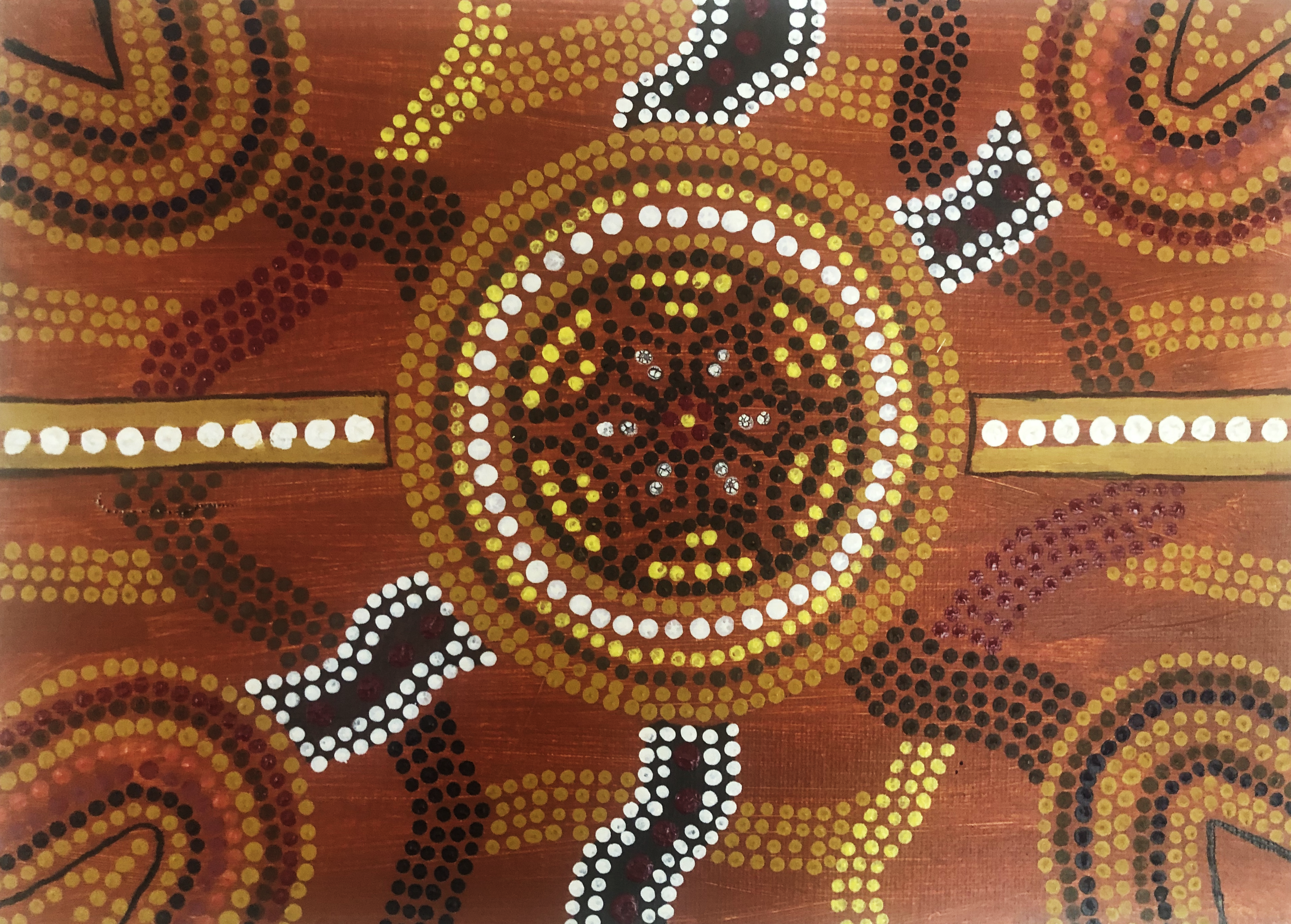 Artist D Natividad
Artist D Natividad
Does it help you express your identity?
Painting, for me, is not only a great way to relax and share time with my daughters but also a way to express my identity. I grew up in a typical Australian household, and we always talked about our Aboriginal culture. We would spend many holidays with my Nanna, who would talk to us about her history and our Waka Waka culture. Part of that story involved living through a very difficult time in Australian history for an Aboriginal person. My Nanna and her family were forced to live under the ‘Act’ which saw them separated from family members, removed from their homes and forced to live on the Barambah Mission (Cherbourg). So, there’s a painful history but also one rich in culture and tradition. We talk about both.
 Artist B Natividad @b.collections
Artist B Natividad @b.collections
Where do your ideas come from?
Our ideas can come from anywhere – something we’ve seen, the celebration of a season, a place we’ve been to or a feeling about ourselves or our culture. Painting is about telling that story in the artwork. We try to learn as we go about the symbolism of colours, animals and places so we can incorporate them into the art to tell a story.
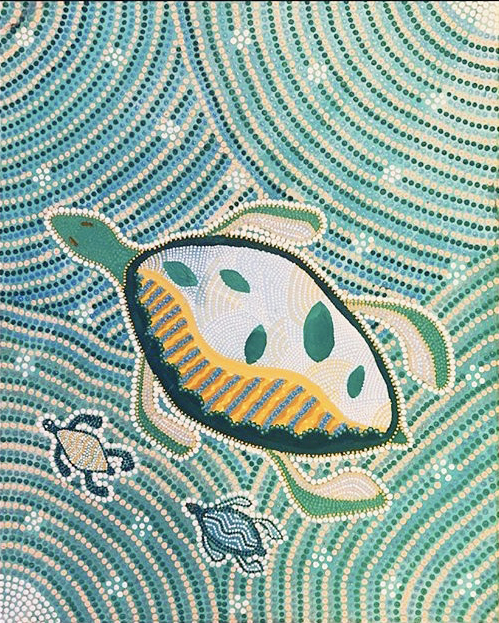 Artist B Natividad @b.collections
Artist B Natividad @b.collections
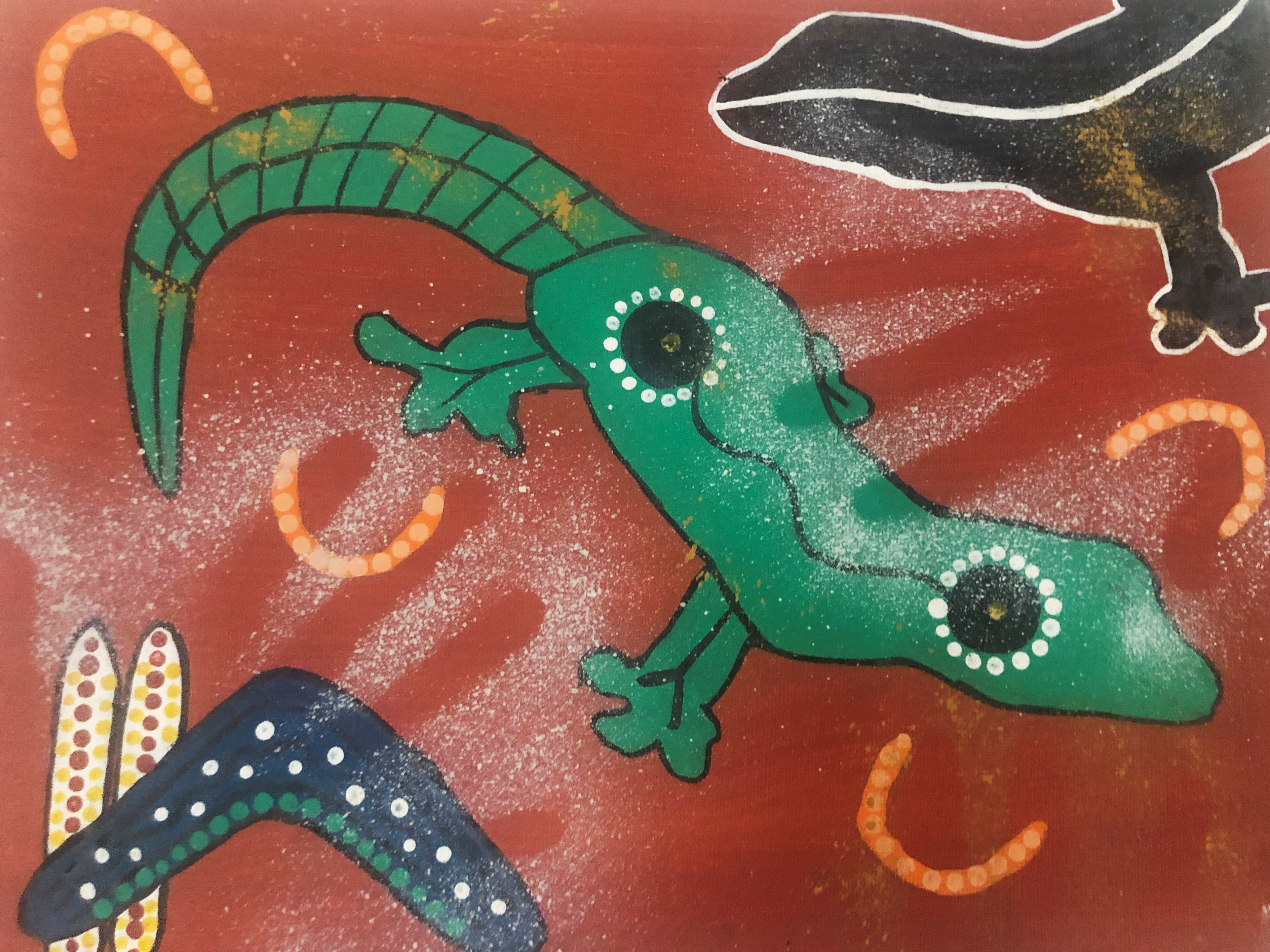 Artist D Natividad
Artist D Natividad
What kind of stories does your art tell?
Art is something that can mean different things to different people. We might create it with a certain story or message in mind, but people can interpret it in different ways. That’s the great thing about art. Some of our artwork shows the story of our family, some represents a feeling or event. Some are just expressions of creativity. One of my daughter’s painting was a story of her goals in sport – showing her love of softball and rugby and her aspiration to represent her country.
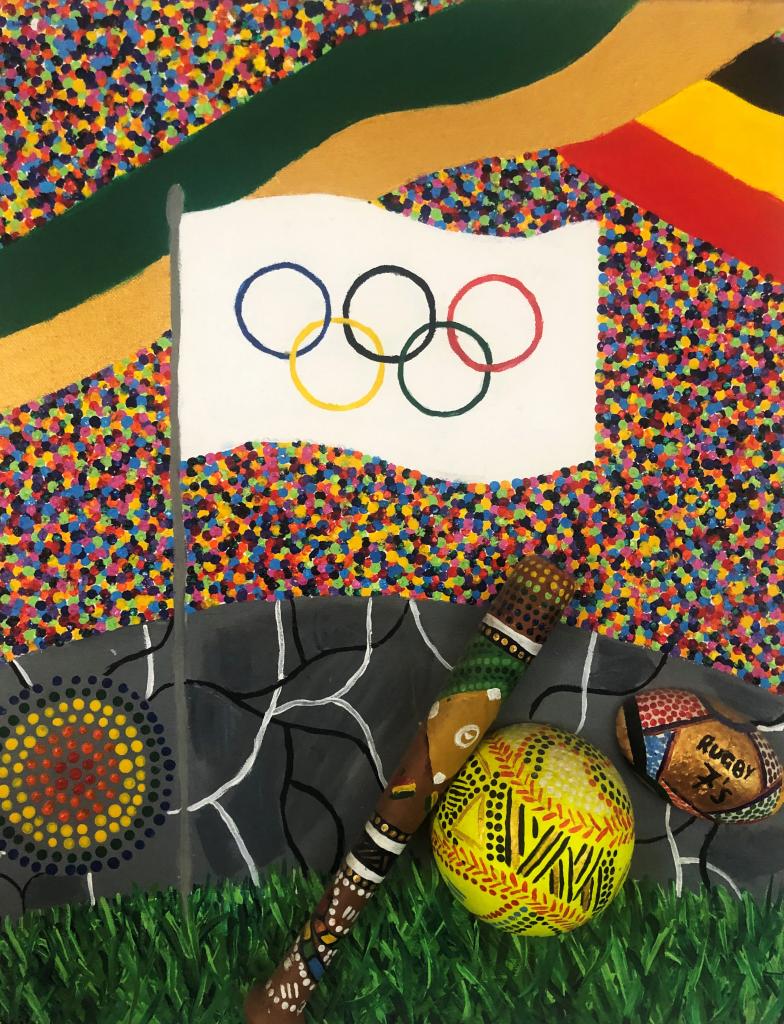 Artist – J Natividad
Artist – J Natividad
Do you collect art? If so, why and what draws you to particular pieces?
I would love to collect art but I really only collect the artwork of my daughters! I have many of their pieces hanging around the house. I love it because each piece doesn’t only mean something in regards to the story it’s telling, but it has been created by my daughters so it carries a special meaning from that too. The story and colour profile is usually what draws me to a particular piece.
 Artist B Natividad @b.collections
Artist B Natividad @b.collections
What are your thoughts on NAIDOC week this year?
This year’s theme ‘Always Was, Always Will Be’ is a strong message that reminds us that we all live and work on the traditional lands of this country’s First Nation peoples. The use of ‘Always was’ prompts us to investigate the past so we can learn from it, and acknowledge the true history of Australia. This is something that I really advocate because it’s a critical part in moving forward together. The statement ‘Always will be’ acknowledges our future and ongoing connection to these lands.
I really encourage people to not let this NAIDOC Week pass without trying to learn something new and challenging their own perspectives. Talk to family and friends about what this year’s theme means to you. And, most importantly, don’t let this week go by without committing to doing something better or different – not just during NAIDOC week, but every day.
Post categories
- Employers (20)
- Job seeker tips (175)
- News (56)
- Real stories (144)
- Referral partners (1)







